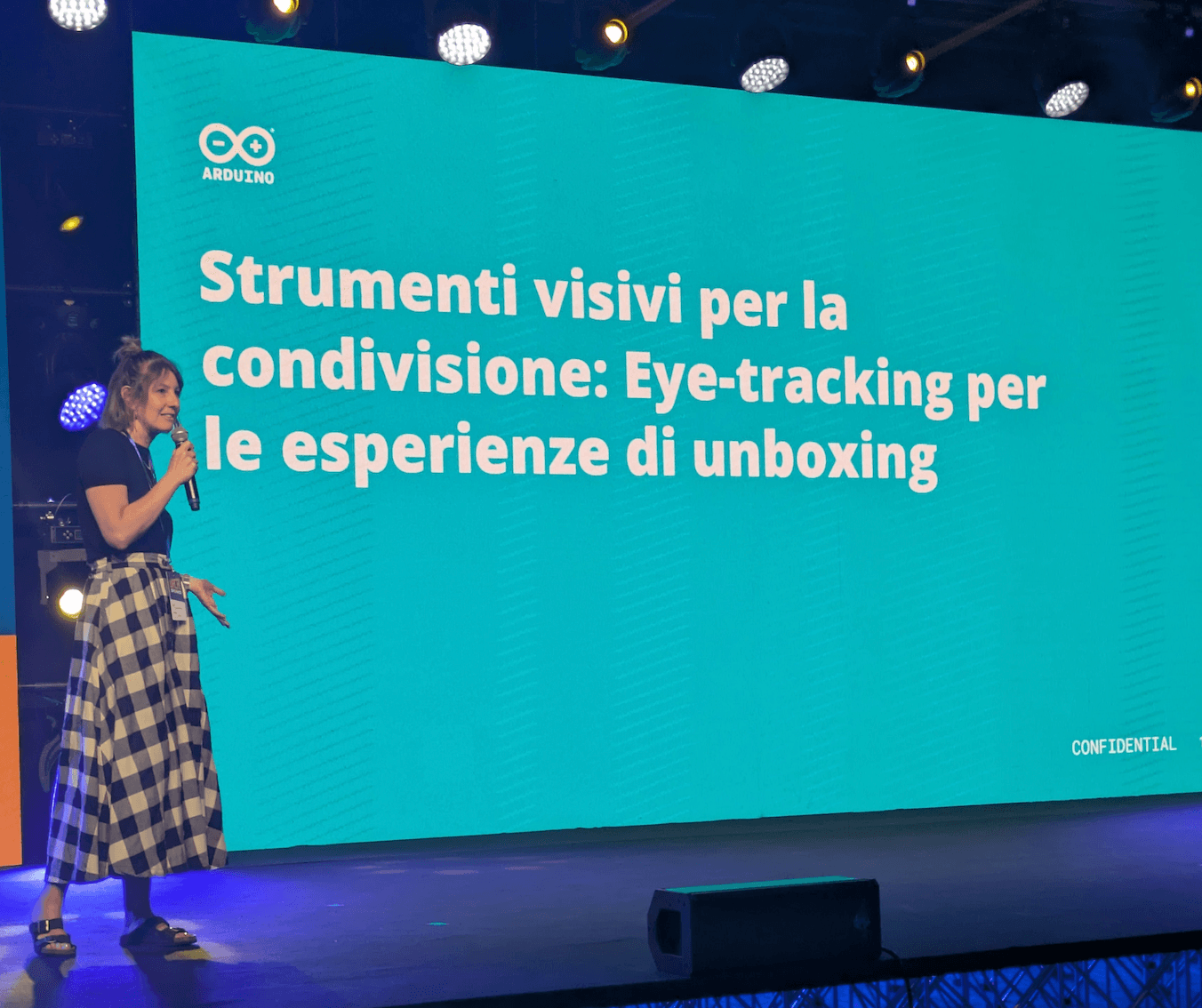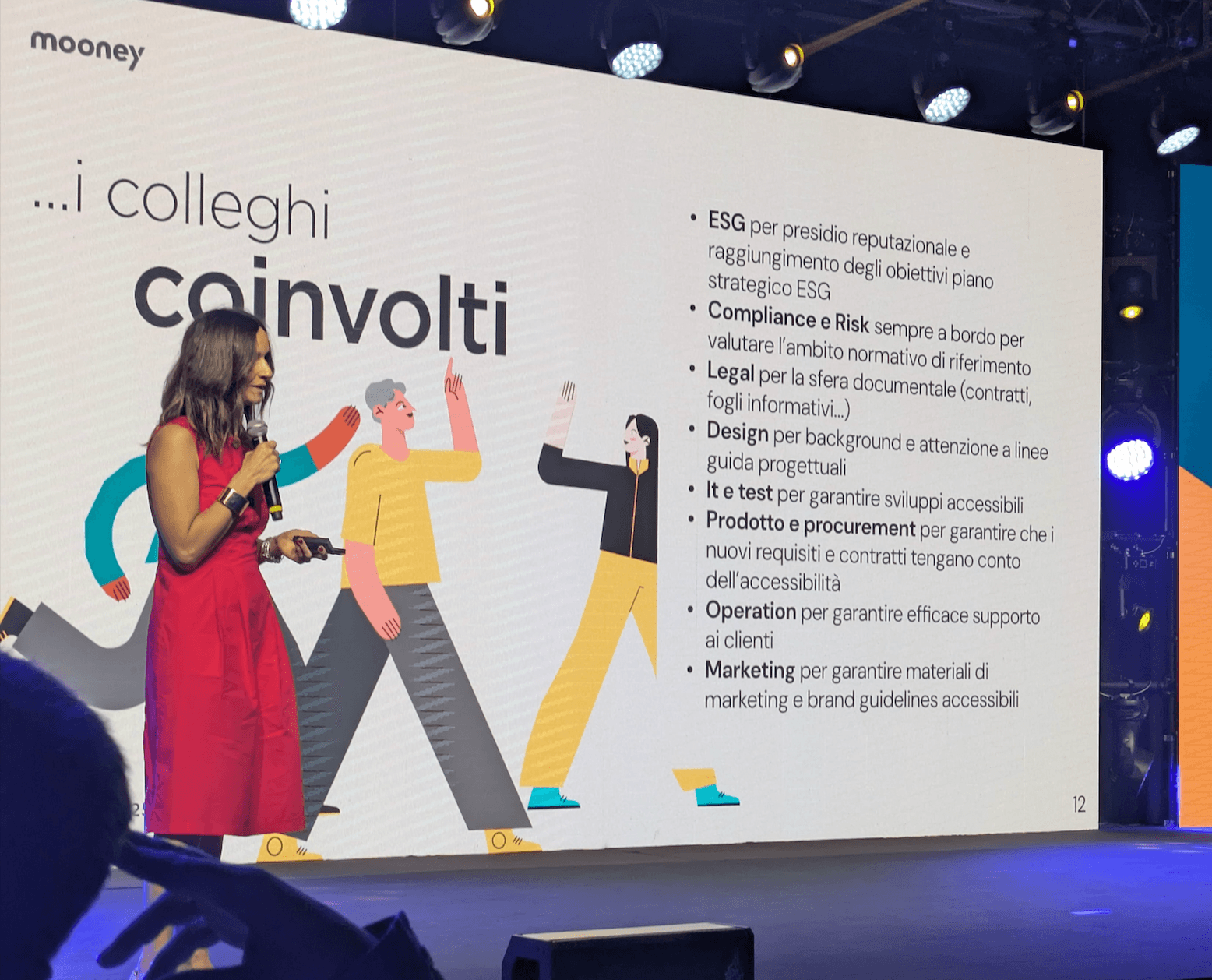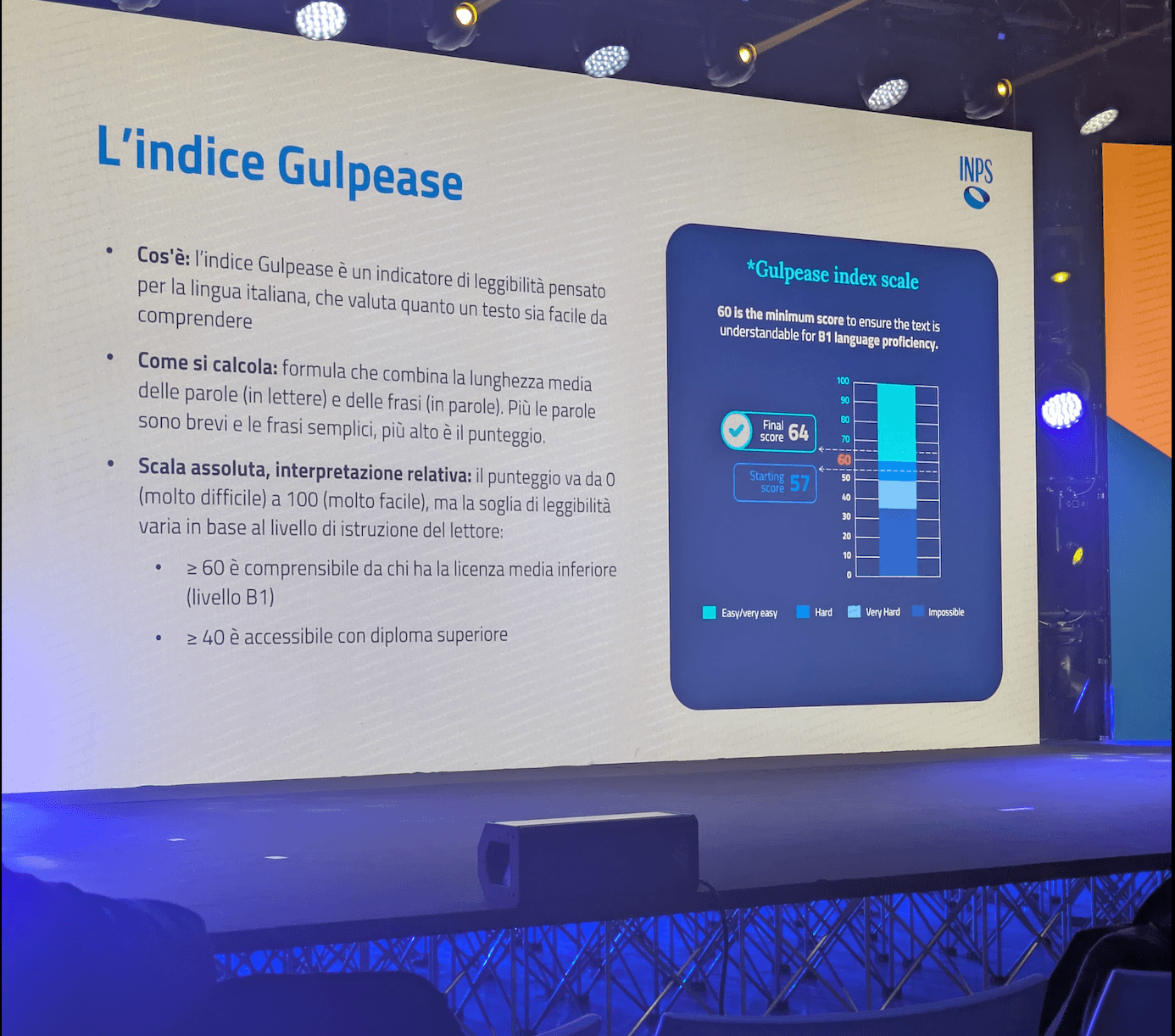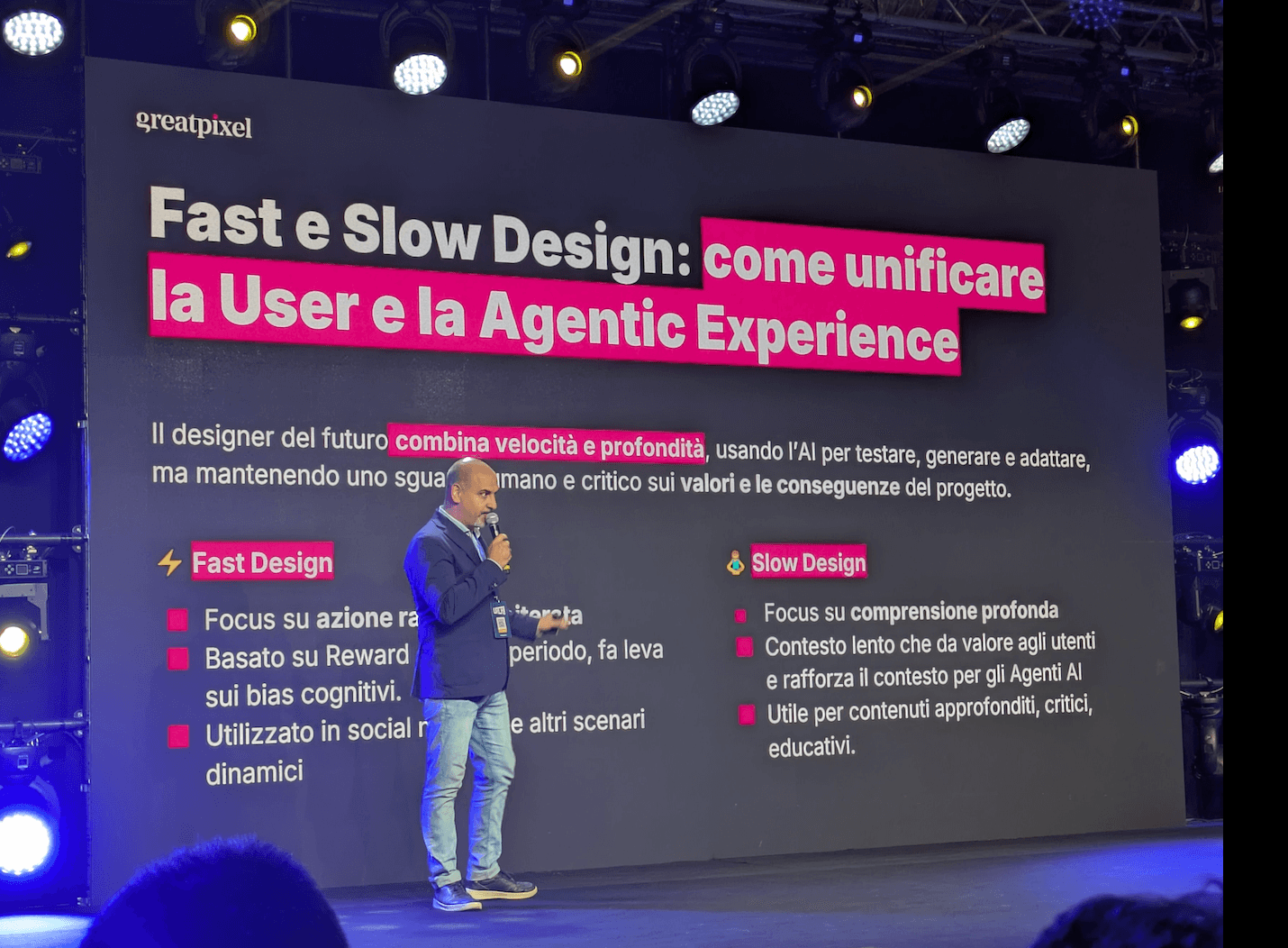Why We Attended URCA — and What We’re Taking Back With Us
-
Luisa Miolano
- 04 Jun, 2025
- 03 Mins read

URCA is one of the most vibrant and authentic UX research and design conferences in Italy. Each year, it brings together professionals from companies and agencies of all sizes — including Sky, Arduino, Tangible, Oblo, Sisal, Idealista, Google, and INPS.
You never quite know what to expect: the talks vary widely in format and tone depending on the speakers. But one thing is always true — URCA is full of passionate, skilled people who truly believe in the impact UX can have on product development, digital or otherwise.
That’s exactly why I brought our team there: to reconnect with the energy and purpose that sometimes gets buried beneath daily tasks. For us at Sircle Human Centered Design, it was a shot of pure motivation.
Why we needed it
Sircle Human Centered Design is a young team within Sorint, launched just six months ago. We specialize in UX research and design — a discipline that is still often misunderstood, seen as secondary or merely “visual.”
At a company like Sorint, with nearly a thousand technical professionals, it's not easy to advocate for a user-centered approach. But we believe in it. Designing with and for people truly makes a difference.
To drive this message home — to ourselves and to our more technical colleagues — we need vision, tools, and courage. URCA gave us all three.
5 Key lessons we’re bringing back

1. UX Research in tech-heavy environments is possible — with strategy
Alice Mela (Product Experience Lead @ Arduino) and Eleonora Beccaluva (User Research Specialist @ Arduino) shared how small UX teams can conduct meaningful research even in developer-dominated contexts.
The secret? Strategic collaboration with stakeholders like Sales, Marketing, and Product Owners. Creating real opportunities to connect with users through creative methods. And finally, presenting research findings in engaging, digestible formats — like heatmaps — that resonate with technical teams more than traditional 50-page reports.

2. Accessibility is not just a designer’s job
Sara Gandini (Mooney) showed how she turned a personal interest in accessibility into a company-wide initiative, supported by ESG goals and cross-functional teams.
The key was involving the right stakeholders and setting up interdisciplinary committees. It’s time for us to do the same: start from internal training and build a shared culture of accessibility.

3. Good writing is good design
Giacomo Grassi (INPS) demonstrated the power of clear, human-centered content. At INPS, they rewrote entire portals to improve readability, using metrics like the Gulpease Index.
We need to take better care of the microcopy in our products — and tools like AI can help us raise the bar.
4. No users? Try synthetic ones
Marco Scelsi (Ergoproject) proposed an intriguing alternative: when time, budget, or access to users is limited, synthetic users can help validate design decisions.
If used critically and intentionally, they can still produce insights that improve the user experience. We think it’s worth piloting some experiments at Sorint.

5. User or Agent? The future has a new stakeholder
Giovanni Pola and Laura Luongo (GreatPixel) left us with a provocative idea: what if, in the near future, we’re no longer designing just for humans — but for AI agents as well?
It might be time to start thinking about Agent Experience. For Sorint, this could even evolve into a unique strategic positioning: being one of the first companies designing for agents, not just for users.
What’s next for us
URCA wasn’t just an event. Now it's our turn to turn inspiration into action. Here’s what we’re planning for the coming months:
Spreading UX awareness inside Sorint
We’ll publish more content, share case studies, and spark conversations to help our colleagues better understand the value of design. We're also working on a short video series — UX Pills — to help teams (including the technical ones) apply fundamental UX principles in their everyday work.Embedding Accessibility into our culture
We’ll engage with our ESG teams to identify how and where accessibility can become a broader company priority.Experimenting with synthetic users
We'll start testing these approaches in pilot projects where traditional research isn’t feasible.Designing for AI Agents
We're starting to explore a new approach: designing not just for users, but also with and through intelligent agents. This could become a strategic direction for our work — perhaps even an idea to launch on Quarterdeck. What do you think about Sorint becoming one of the first players to specialize in AX (Agentic Experience)?
A note from the team lead
Take your team to events. Encourage continuous learning. Seek out cross-pollination. You’ll return with fresh questions, renewed energy, and the drive to raise the bar.
Human Centered Design Sircle is here — and we’re committed to shaping a stronger design culture within Sorint.
PS: Want to catch the talks? URCA sessions will soon be available on their official YouTube channel — a great way to revisit key insights or explore sessions you missed.
Are you curious about Human Centered Design or do you need our skills?
Feel free to reach us!
Contact Us on WeTalk Channel(#HumanCenteredDesignSircle) or talk with Luisa Miolano (lmiolano@sorint.com).